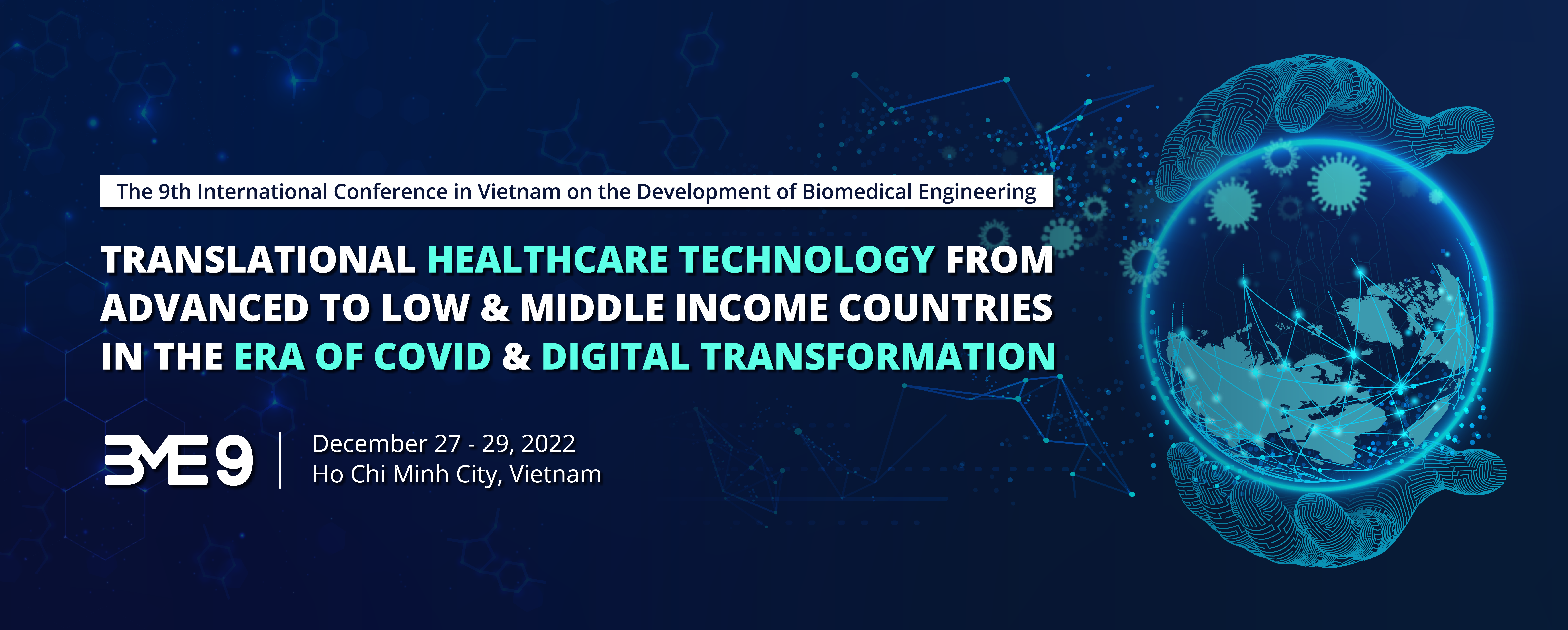Professor Guoping Chen’s Short Biography
Prof. Guoping Chen received his Ph.D. from Kyoto University in 1997 majoring in Biomaterials and did postdoctoral research until 2000. He became Researcher in 2000 and Senior Researcher in 2003 at Tissue Engineering Research Center, National Institute for Advanced Industrial Science and Technology, Japan. He moved to Biomaterials Center, National Institute for Materials Science (NIMS) as Senior Researcher in 2004 and was promoted to Group Leader in January, 2007. He was Principal Investigator and Unit Director of Tissue Regeneration Materials Unit from April, 2011 to March, 2015; Principal Investigator, Field Coordinator and Unit Director of International Center for Materials Nanoarchitectonics, NIMS from April, 2015 to March, 2017. He is also Professor of Department of Materials Science and Engineering, Graduate School of Pure and Applied Science, University of Tsukuba, Japan. His research interests include tissue engineering, polymeric porous scaffolds, nanobiomaterials, biomimetic biomaterials, nano/micro-patterning and surface modification. He has authored more than 300 publications and holds 18 issued patents. He has given more than 140 invited lectures at conferences. He is Scientific Editor of Materials Horizons; Editorial Boards of Biomedical Materials and Bioactive Materials; Advisory Board of Biomaterials Science. He is Fellow of the Royal Society of Chemistry (FRSC, 2015), Fellow of the American Institute for Medical and Biological Engineering (AIMBE, 2017) and Fellow of the International Union of Societies for Biomaterials Science and Engineering (FBSE, 2020).
Abstract
Polymer Scaffolds and Their Composites for Biomedical Applications
Tissue engineering has been developed as an attractive approach to treat the diseases and defects that are difficult to be treated by conventional drug administration, prosthesis and organ transplantation. Tissue engineering can also be applied for regeneration of resected tissues after cancer therapy. Scaffolds and biomimetic matrices play an important role in tissue engineering. They can control cell functions and provide temporary support for regeneration of functional new tissues and organs. Biodegradable synthetic polymers such as Biodegradable synthetic polymers such as poly(L-lactic acid) (PLLA) and poly(DL-lactic-co-glycolic acid) (PLGA) and naturally derived polymers such as collagen and gelatin have been the most frequently used biodegradable polymers for applications in tissue engineering. Cell-derived extracellular matrices have also been frequently used to prepare biomimetic scaffolds. A few types of functional porous scaffolds were designed and prepared by using biodegradable polymers and extracellular matrices. The first type is porous scaffolds prepared by using ice particulates as porogen materials to control porous structures. This type of scaffolds had well interconnected pore structures and micropatterned structures. The second type is composite scaffolds of synthetic polymers and naturally-derived polymers. Collagen sponges or microsponges were incorporated in the pores or openings of mechanically strong PLLA or PLGA porous skeletons to form the composite structures. The PLLA or PLGA skeletons provided high mechanical strength, while the collagen sponges and mircosponges facilitated cell seeding and distribution. The third type is biomimetic ECM scaffolds prepared from cultured cells. Composition of the ECM scaffolds was dependent on the cell type and cell phenotype that were used to prepare the scaffolds. These porous scaffolds were used for 3D culture of fibroblasts, chondrocytes and bone marrow-derived MSCs for tissue engineering of dermal tissue, muscle, cartilage and bone. The fourth type is photothermal scaffolds prepared by hybridization of photothermal agents such as gold nanoparticles and black phosphorus nanosheets with biodegradable polymers. The photothermal scaffolds possessed high photothermal conversion capacity and could ablate breast cancer cells in vitro and in vivo under near infrared laser irradiation. The photothermal scaffolds also facilitated adipogenic differentiation of human mesenchymal stem cells. The photothermal scaffolds should be useful for both photothermal ablation of breast cancer cells and breast tissue engineering.
Keywords: composite scaffold, biodegradable polymer, nanoparticle, tissue engineering, cancer therapy
